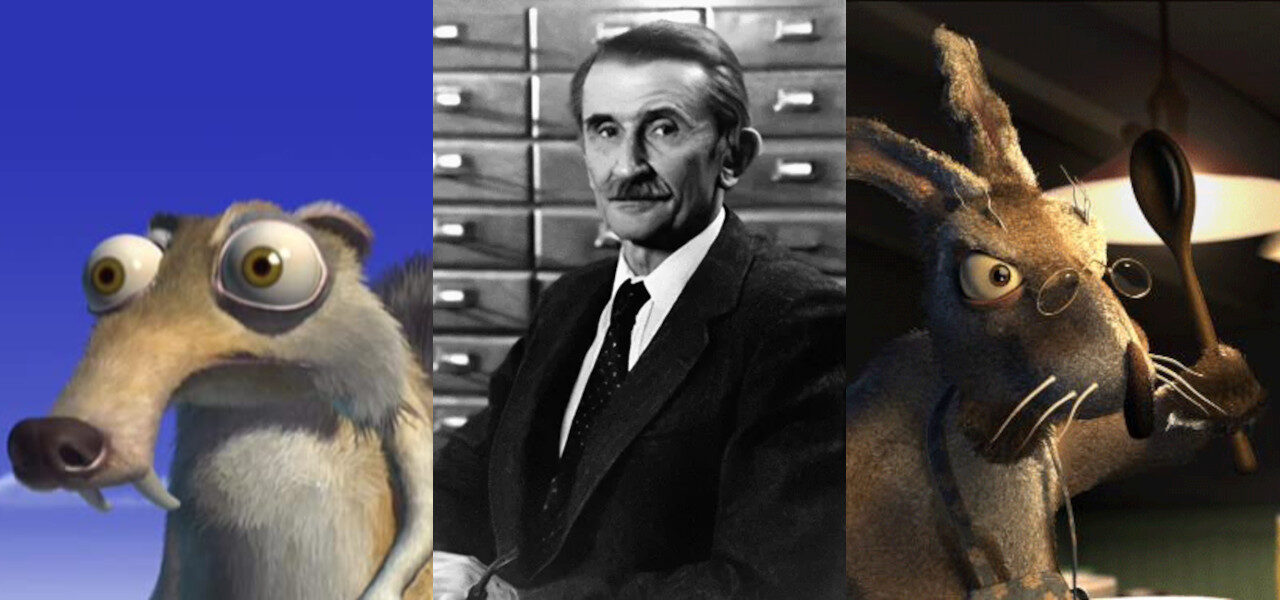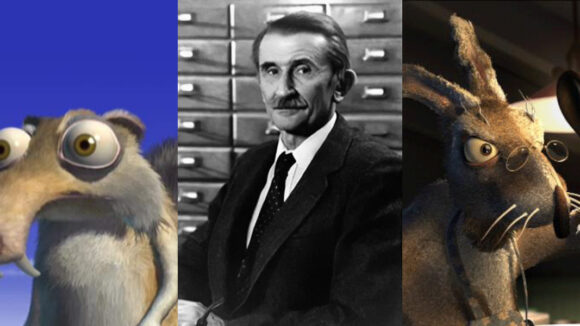

Eugene Troubetzkoy, Nuclear Physicist Who Co-Founded Blue Sky Studios, Dies At 91
Eugene Serge Troubetzkoy, a pioneer of ray-tracing and co-founder of Blue Sky Studios, died on September 26 in Hastings, New York. He was 91 years old.
Troubetzkoy was born in Clamart, France in 1931, to an ancient noble family. According to his obituary in the local paper in Hastings, he held the honorific of prince. Before emigrating to the U.S. in 1953, Troubetzkoy graduated from the Paris-Sorbonne University where his Nobel Prize-winning professor Louis de Broglie inspired in him a fascination with the physics of light that became the foundation of his professional life.
After relocating to the U.S., he studied theoretical physics at Columbia University and eventually earned his Ph.D in 1958. Early in his career Troubetzkoy worked as a nuclear physicist, creating computer simulations of nuclear particle behavior. He conducted research at Columbia and also worked as a consulting physicist for the United Nuclear Corporation.
Troubetzkoy’s career in computer graphics began in earnest at the Elmsford, New York-based MAGI/SynthaVision, a division of MAGI which focused on high resolution computer graphics for film. He was director of advanced projects at the pioneering cg company, and he and his team were instrumental in the look and execution of the now-classic Disney sci-fi film Tron, although that film’s mediocre box office performance at the time of its release reportedly caused Disney to withdraw its investment in several future SynthaVision cg projects, eventually pushing MAGI to close the division.
It was during his time at SynthaVision that Troubetzkoy met his five Blue Sky co-founders; that studio’s dissolvement was the impetus for Blue Sky’s launch, which started operations in 1987. Troubetzkoy teamed with Chris Wedge, Michael Ferraro, Carl Ludwig, Alison Brown, and David Brown to launch the studio where he co-authored, with Ferraro and Ludwig, the company’s game-changing proprietary renderer CGI Studio, which used a ray tracing technique. Using the software, Blue Sky made the Oscar-winning short film Bunny and later the world’s first ray-traced animated feature in 2002’s Ice Age.

Animation writer and former Blue Sky worker Jen Hurler has written more on her blog about the unique qualities of Blue Sky’s ray tracing renderer CGI Studio, which was used to make all thirteen of the studio’s features:
Because CGI Studio used ray-trace rendering to create its images, it handled light in a more accurate and therefore realistic way compared to other renderers that used scanline. “Ray tracing is intrinsically slow,” said Troubetzkoy. He and his team wrote algorithms to speed up the calculations with little quality loss, making it usable for production. The software used sampling to calculate only the light emanating from an object, rather than every ray of light in a scene, and then interpolated between the points to render a complete image. Ludwig said of it: “Ray tracing is a different paradigm. It definitely does simulate the way light works in the real world better than a scanline renderer. As a result you can see the way light reflects off different materials more accurately. Having said that, all that it really does is broaden the gamut that you can achieve. It’s not just about achieving reality. It is about giving things a dimensional quality and a richness that you don’t normally get in simple rendering systems.”
Troubetzkoy, who first developed ray tracing technologies while at Synthavision, drew a connection between his earlier career in physics and his later work in animation, observing that, “In nuclear physics you follow neutrons. With 3d, you follow the light.”
In 2017, Troubetzkoy, Ludwig, and Maurice van Swaaij were honored by the Academy’s Sci-Tech Awards with a technical achievement certificate for the groundbreaking work they did in developing the CGI Studio renderer.
Troubetzkoy retired from Blue Sky in 2018 at the age of 87. He is survived by his wife, Helen; two daughters, Irina and Natalie; a son, Serge; and nine grandchildren.

